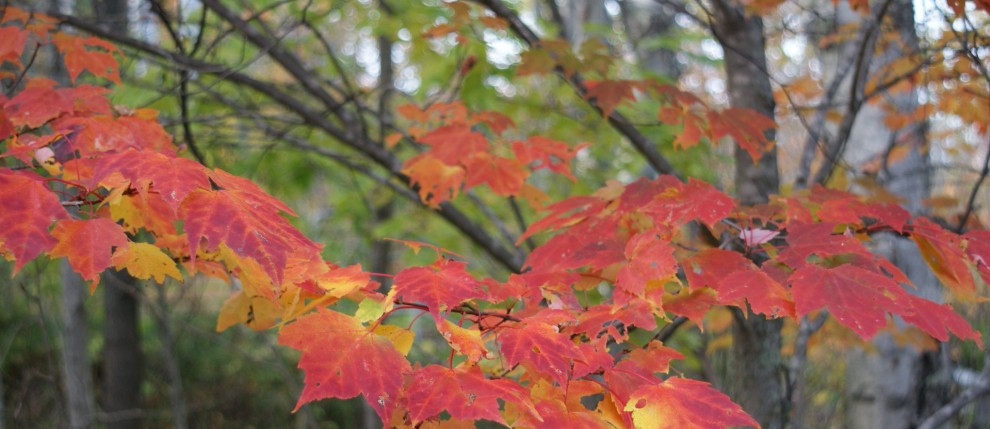This is the handout from Julia Mosman’s presentation at our October meeting and is posted here with Julia’s permission. Thanks, Julia!
Surnames
Surname use grew during 1400s to 1600s, as populations grew and social customs changed.
1. Patronymics – named after father (Johnson, Davidson, etc.). In Wales, patronymics were based on the father’s given name – surnames changed generationally, not always identically. (Davies, Davis). David Griffiths David was David, son of Griffiths, grandson of David.
2. Place names – birth place, town or village nearby, farm where they lived, Tower, Bridge, manor they owned, and so on.
3. Occupational – Smith, carpenter, or tailor. In Wales, Wil Saer (or Wil y Saer) means Will the carpenter. Surname could be Saer or became Sayer. (Check for Welsh and Cornish language variations.) https://familysearch.org/learn/wiki/en/Wales_Names,_Personal
4. Miscellaneous – colors, objects, words from various cultures which came into England at various periods, such as Wain, and Wainwright. (Viking words, probably from Northern or Eastern England, where the Vikings settled.)
Use of Aliases
Established in legal documents, wills, parish church books, and manorial courts, particularly in land transfers/property ownership – when the wider use of surnames was being established. Often shown as “als” in church registers.
1. Retention of patronymics – men wished to retain ancestral names. Example, William HARRY of Luxulyan, in 1547 described as William HARRY alias WATT in a will; WATT was his grandfather.
2. Retention of topographical reference points, especially in relation to a manor or place from which some families derived their surnames. Example: John RICHARDS of Bosavarne (1547) had a son, John BOSAVARNE (1620) who had a son Martin THOMAS alias BOSAVARNE. (Bosavarne was a delightful manor house and grounds, which they later sold and moved to a different property.)
3. Illegitimacy. Example: John RESKYMER had an illegitimate son with Margaret GERBER, who was christened John RESKYMER alias GERBER.
4. Rights of inheritance, and other economic reasons. Example: Charles Graves SAWLE carried his mother’s surname as his second name; he became Charles Graves Sawle GRAVES at the death of his maternal uncle, & inherited manors in 3 counties, a fortune, and a lordship. For centuries, land records were kept in manorial courts; system was by copyhold. All records were kept by name, which provided the only legal proof of ownership. Children of a first husband often took the name of their mother’s second husband, but retained their father’s surname as an alias. Example: In 1540, Thomas LAWRENCE alias CODE married. The last mention of this line appeared in 1761, in Callington, at the death of Margaret LAWRENCE alias CODE. The use of this alias was worthwhile for 221 years!
By end of 18th century, as surnames became more static, use of alias fell. By mid to late 1800s, people used them more frequently to avoid unpleasant associations (e.g., criminals).
Given Names
The naming pattern adopted and used in the 1700s to approximately 1875
- First daughter named after the mother’s mother
- Second daughter named after the father’s mother
- Third daughter named after the mother
- Fourth daughter named after the mother’s eldest sister
- First son named after the father’s father
- Decond son named after the mother’s father
- Third son named after the father
- Fourth son named after the father’s eldest brother
Variations occurred regionally and within families. Names were repeated within a family, but not in strict order. Often children were named for a close friend, patriotic/religious figure, popular hero, relatives who might be expected to benefit the child, or a god-parent.
If the name is common, such as Ann, Mary, William, or John, it’s often difficult to identify who they’re named after. When a child died (and in 1800s only 1/3 of children reached adulthood), the next child of the same sex to be born was often given the dead child’s name. Be sure to check for a death record in case of discrepancies in ages.
Where variations did not take place, confusion might result from multiple people sharing the same name in the same place. Remedies to solve that problem:
- Adoption of middle names, which became common in the mid-1800s onward.
- Use of the mother’s family surname often as the second name; may be used by several generations.
Unique or Unusual Names
Biblical names such as Obadiah might indicate they belonged to non-conformist church, and records for Baptists, Wesleyan Methodist, Primitive Methodist, etc. should be searched for the family.
Persons prominent in a particular religion or political groups in an area. Example: Loveday Hambley was a friend of the Quaker George Fox in Cornwall. Her name was popular in that county for some time and became a way to identify a region where a family originated. (Anyone with the given name of Loveday probably had roots in Cornwall – and to be more specific, in the St. Austell region.)
Nicknames and Derivative Names
Some areas used nicknames more heavily than others; this should be investigated when a brick wall occurs. Nicknames were often based on individual, physical features (Moley Brown) and personality, or unique occasion. Sometimes nicknames were based on geographical location – example: Old Katy Clinch alias Catherine Coombe; she lived past 100, Katy from Catherine, and Clinch from a tiny hamlet which disappeared circa 1830, when a mine expanded, which was where she was born.
Varying names in censuses may merely reflect derivative names (Elizabeth = Lisa, Isabel, Lily, Beth, Bethany, Belle, to name a few.).
During the Middle Ages, the word “cock” was used to describe a self-assured young man because he looked like a strutting rooster); as a result, this nickname was applied to a variety of names, including variations of William such as Wilcox and Wilkin.
Further Reading
https://familysearch.org/learn/wiki/en/Guessing_a_Name_Variation – a good read, and please be sure to check the end of the article, which has links to other articles that are really informative.
